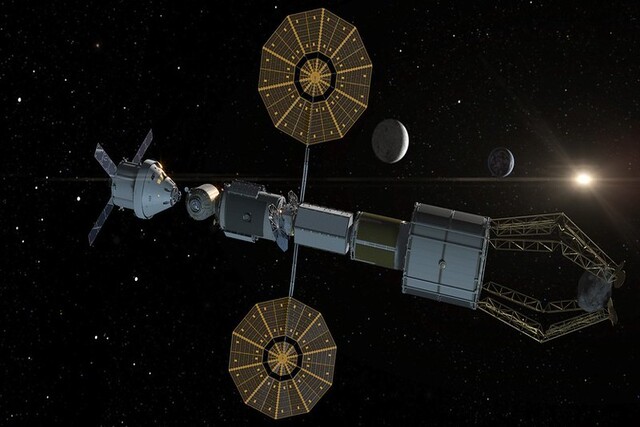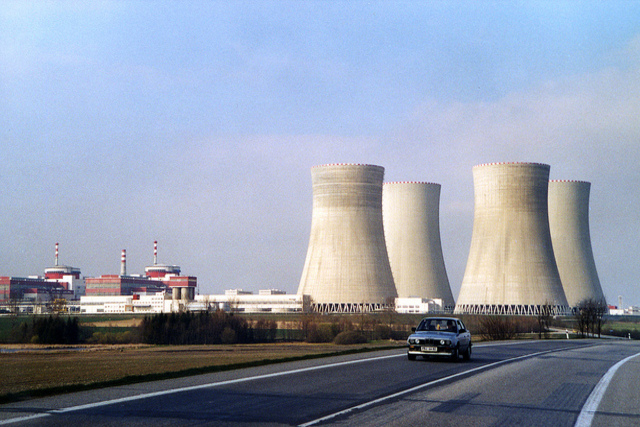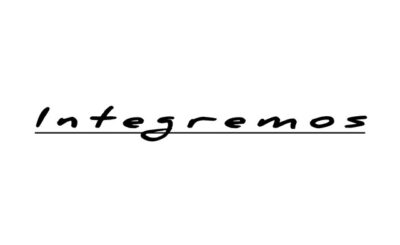The Top Atomic Powers in the World command significant influence over global security and international relations due to their nuclear capabilities. The fact that just a few countries are currently able to use atomic bombs has a significant impact on security dynamics and international relations. This article explores the world’s leading atomic powers, looking at their nuclear arsenals, approaches, and potential effects on international stability.
Table of Contents:
Overview of Nuclear Powers
Nuclear weapons have a significant impact on international relations, strategy, and global politics. As of 2024, the list of atomic powers in the world is relatively short. This covers both well-known nations and some that aren’t as talked about as much. Comprehending these powers aids in appreciating the equilibrium of worldwide military strength and the hazards linked to the spread of nuclear weapons.
Top Ten Atomic-Powered Nations

Top 10 nuclear countries of world are discussed below:
1. The US
The United States became the first nation among atomic powers in the world to produce nuclear weapons when it dropped bombs on Nagasaki and Hiroshima in 1945. With an estimated 5,550 active warheads in its arsenal, the United States of America now possesses a substantial nuclear arsenal. The country’s nuclear policy aims to maintain a deterrent-focused approach while preserving a proven second-strike capability. The US also has a robust arsenal of delivery methods, such as strategic bombers (SLBMs), land-based missiles, and ballistic missiles fired from submarines.
2. Russia
It has the world’s largest nuclear weapons collection, with an estimated 6,257 warheads. Russian intermediate ballistic missiles (ICBMs), surface-to-surface missiles (SLBMs), and strategic bombers are all part of their nuclear arsenal. Russia’s nuclear posture is one of the most important aspects of global security since its military doctrine allows for the possible use of nuclear devices to defuse a situation or ensure victory.
3. China
Having around 350 nuclear warheads, China is a significant nuclear power. The nation’s nuclear policy has always been defined by its “no first use” doctrine, which states that nuclear weapons will only be used in reprisal for a nuclear strike. China is updating its nuclear arsenal, emphasizing the development of new missile types and SLBMs as well as improving its second-strike weapons and delivery systems.
4. France
France maintains a nuclear arsenal of approximately 290 warheads. The French nuclear strategy emphasizes deterrence and is based on a “force de frappe” doctrine. France’s nuclear forces are primarily delivered via submarine-launched missiles and air-launched cruise missiles. The French government maintains a no-first-use policy and focuses on maintaining a credible deterrent.
5. The United Kingdom
It is estimated that the United Kingdom possesses approximately 225 warheads in its nuclear arsenal. Minimum Credible Deterrence is the cornerstone of UK nuclear policy. The principal means of delivery for the nation is submarine-launched Trident missiles. As part of its broader pledges to nuclear disarmament, the UK has also pledged to decrease its overall stockpile.
6. Pakistan
An important component of Pakistan’s national security strategy is its nuclear defense system. Pakistan’s nuclear posture, with an approximate 165 weapons, is mainly aimed at mitigating the perceived threat posed by India. Pakistan has adopted a plan that involves the possible employment of tactical nuclear weapons in addition to developing a variety of delivery methods, such as ballistic missiles with short ranges and nuclear-capable aircraft.
7. India
An estimated 156 warheads are in India’s Inventory of nuclear weapons. The hallmark of India’s nuclear plan is its no-first-use policy, which places a strong emphasis on defense and verifiable minimum deterrence. Land-based missiles, surface-to-air ballistic missiles, and aircraft with nuclear payload capacity are among India’s delivery systems. India has been upgrading its second-strike capability and creating new missile systems as part of its continuous development of nuclear capabilities.
8. Israel
Although Israel’s nuclear powers are not formally verified, estimates of its warhead count range from 80 to 100, which is a substantial quantity. Israel continues to pursue a deterrence strategy while maintaining a policy of ambiguity about its nuclear weapons. Aircraft that can carry nuclear weapons and land-based missiles are two of its delivery methods.
9. North Korea
The nation’s nuclear development has been a major cause of tension on the global scene. North Korea is thought to possess between 50 and 70 nuclear weapons. Although the nation’s nuclear policy is unknown, it is thought to be centered on creating an effective barrier against perceived threats, especially from the US and its allies. North Korea is still working on improving its missile technology and has carried out multiple nuclear tests.
10. Iran
Iran’s nuclear program is still a sensitive topic. Despite not having produced a nuclear weapon yet, Iran’s nuclear program has drawn attention from throughout the world. Although Iran insists that its nuclear aspirations are peaceful, several nations are nevertheless concerned about the possibility of weaponization. Iran’s nuclear operations are intended to be limited by the Joint Comprehensive Plan of Action (JCPOA) and other continuing negotiations and agreements.
Muslim Nuclear Power Nations
There are a few Muslim Nuclear Power Countries that are among the world’s leading nuclear powers. Pakistan is the only Muslim nation with nuclear power. Its ties with India and the dynamics of regional security have molded its weapons program and strategic posture. A key component of Pakistan’s security strategy, the country’s nuclear program has had a significant influence on South Asian affairs.
Nuclear Bomb Country Ranking

A nation’s military prowess and strategic importance are reflected in the order of nations determined by the size of their nuclear arsenals. The quantity of warheads along with the complexity of their delivery methods are the main factors influencing the ranking. According to 2024, the nuclear bomb country ranking, from the largest to the smallest arsenals, is as follows:
Russia: It has about 6257 warheads.
The United States: It possesses roughly 5,550 warheads.
China: About five hundred warheads
France: It had about 290 warheads.
The United Kingdom: It possesses roughly 225 warheads.
Pakistan: It has about 170 warheads.
India: Approximately 172 warheads
Israel: Between 80 and 100 warheads
North Korea: between 50 and 70 warheads
Iran: No verified warheads, although possible capabilities are being investigated
The Consequences of Nuclear Power
These nations’ weapons programs have far-reaching effects on international security. Nuclear arsenals serve primarily as a means of deterrence, threatening catastrophic retaliation in the case of a large-scale confrontation. The existence of such weapons, however, also raises concerns on the widespread use of nuclear weapons, unintentional detonations, as well as the potential for regional conflicts to escalate into nuclear wars.
Atomic Powers related to remote work
Atomic Powers, in the context of remote work, highlights the critical role of cutting-edge technologies and tools that enable efficient and secure remote collaboration. By utilizing powerful computing resources, cloud-based solutions, and advanced communication platforms, remote workers can maintain high productivity and seamless connectivity, regardless of their physical location.
The Significance of Treaties and Diplomacy
International agreements and diplomatic initiatives greatly aid in managing nuclear dangers. Restricting the proliferation of nuclear arms and promoting disarmament are the objectives of the Agreement of Nuclear Weapons (NPT) and other arms control agreements. In addition to addressing the issues raised by nuclear proliferation, the current discussions and agreements seek to promote a more secure and stable global environment.
Strategic and Technological Advancements
Shifts in military strategy and technological advancements always influence nuclear dynamics. Nations are perpetually in the process of creating new technologies in order to augment their nuclear capacities and guarantee the efficacy of their deterrent tactics. The development of cyber warfare capabilities, precision-guided weapons, and missile defense systems impacts nuclear powers’ strategic calculations.
Atomic Powers related to space explorations

Atomic power has revolutionized space exploration by providing a reliable and long-lasting energy source for spacecraft and missions. Nuclear reactors and radioisotope thermoelectric generators (RTGs) have enabled deep-space missions by powering spacecraft far from the Sun, where solar panels would be ineffective. These atomic power sources have been crucial for missions like Voyager, Curiosity, and the Mars rover Perseverance, allowing them to operate for extended periods and conduct scientific research across vast distances in space.
Conclusion
A small handful of atomic powers in the world, nations possessing significant atomic capabilities influence the worldwide nuclear power landscape. Understanding the nuclear capabilities and strategies of these top atomic powers in the world provides valuable insight into international security dynamics and the ongoing challenges of nuclear proliferation. In order to manage the hazards connected with these potent weapons, continued diplomatic efforts and technology developments will be essential as the globe keeps on dealing with the complexity of nuclear politics.






